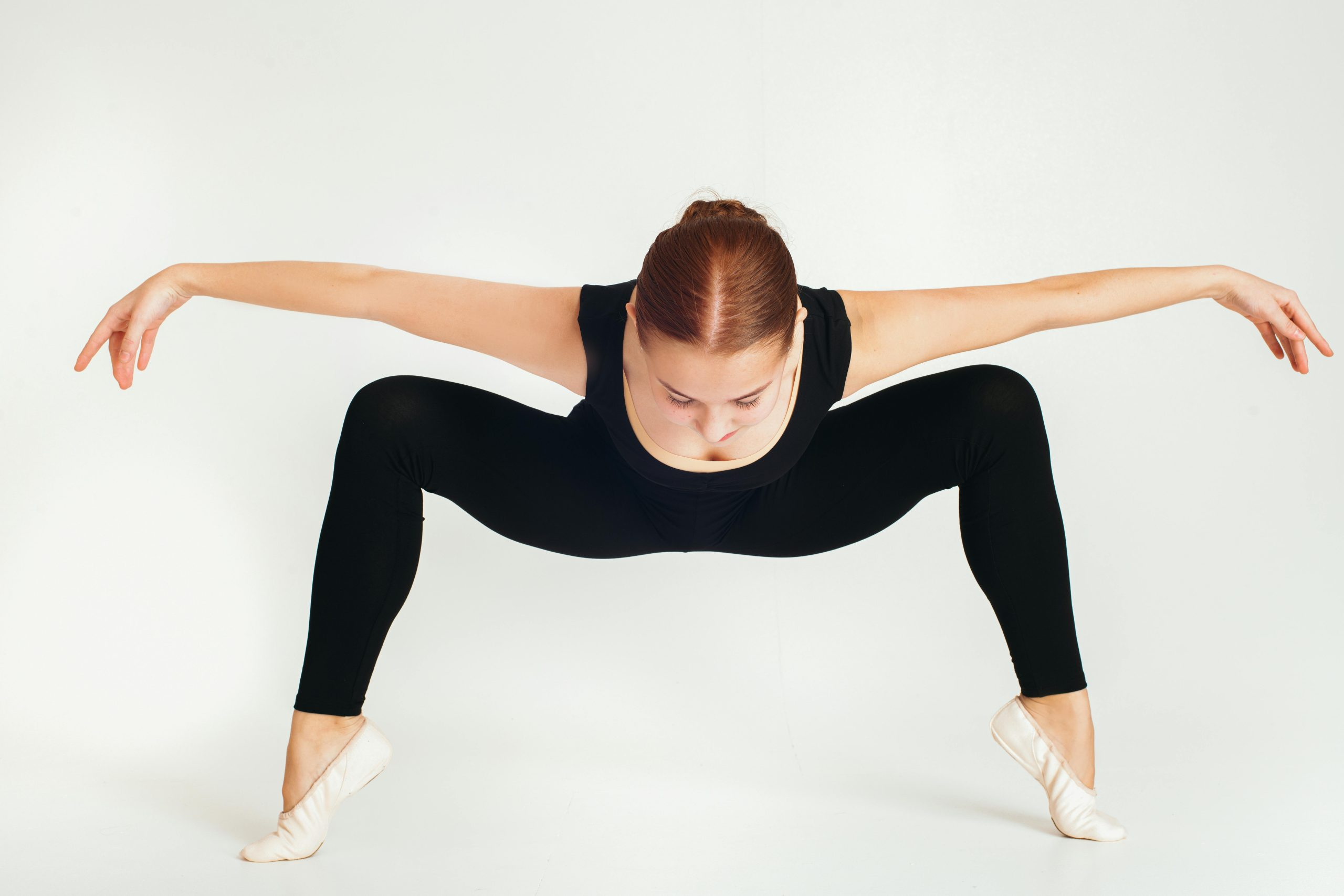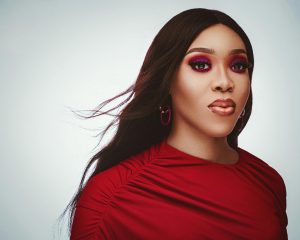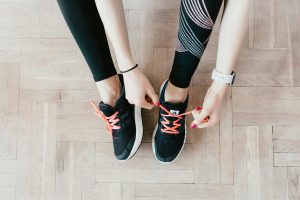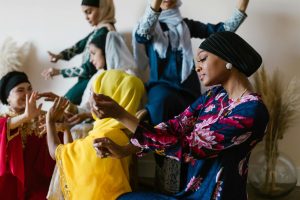The Art of Proportions: Creating Balanced Outfits for Any Body Type
Fashion is an ever-evolving industry, constantly changing and adapting to meet the demands of consumers. One aspect of fashion that has remained constant throughout the years is the importance of proportions. The way an outfit is proportioned can make all the difference in creating a balanced and flattering look, regardless of body type. In this article, we will explore the art of proportions and how to create outfits that are perfectly balanced for any body type.
The Importance of Proportions
When it comes to fashion, proportions refer to the relationship between different elements of an outfit – such as length, width, and volume. These elements need to be balanced in order to create a cohesive and aesthetically pleasing look. A well-proportioned outfit can enhance your best features, while an unbalanced one can draw attention to areas you may not want to highlight.
In order to understand how to create balanced outfits, it’s important to first understand your body type. There are commonly known to be five different body types – pear, apple, hourglass, rectangular, and inverted triangle. Each body type has its own unique proportions and learning how to dress for your body type is key to achieving the perfect outfit.
Pear Shape
A pear-shaped body is characterized by narrow shoulders and a wider hip and thigh area. The key to dressing a pear-shaped body is to draw attention to the upper body and balance out the hips. This can be achieved by wearing tops with details like ruffles, patterns, or embellishments, and opting for darker or neutral colors on the bottom.
Apple Shape
Apple-shaped bodies are fuller in the midsection with narrower hips and thighs. The goal with this body type is to create the illusion of a defined waistline. Opt for flowy, A-line tops that skim over the midsection and pair them with high-waisted bottoms to create a cinched-in waist. Avoid tops that are too tight or clingy as they will only emphasize the midsection.
Hourglass Shape
An hourglass figure is characterized by a well-balanced upper and lower body with a defined waist. The key to dressing an hourglass shape is to highlight and accentuate the waistline. This can be achieved by opting for fitted tops and bottoms, or by belting waist-accentuating dresses and jackets.
Rectangular Shape
A rectangular body shape is one where the waist is not clearly defined and the bust, waist, and hip measurements are similar. The goal when dressing a rectangular body is to create the illusion of curves. This can be achieved by wearing tops or dresses that have details like ruching or peplum at the waist, and opting for flared bottoms or A-line skirts.
Inverted Triangle Shape
An inverted triangle shape is characterized by broader shoulders and a narrower lower body. The key to dressing this body type is to balance out the proportions by drawing attention to the lower body. This can be achieved by opting for lighter or brighter colors on the bottom and wearing tops with details like ruffles or layers to add volume and balance out the shoulders.
Tips for Creating Balanced Outfits
Know Your Measurements
One way to ensure that you are dressing according to your proportions is to know your measurements. Pay attention to your bust, waist, and hip measurements, and use them as a guide when shopping for clothing. This will help you choose pieces that flatter your specific body type.
Balance is Key
When it comes to proportions, balance is key. If you are wearing a loose-fitting top, pair it with fitted bottoms to create a balanced look. Alternatively, if you are wearing a flowy skirt or dress, opt for a more fitted top to balance out the proportions.
Accessorize Wisely
Accessories can also play a role in creating balanced outfits. For example, if you have a long torso, wearing a belt can help create the illusion of a defined waist. Similarly, wearing a statement necklace or earrings can draw attention to the upper body and balance out broad shoulders.
Try Different Silhouettes
Don’t be afraid to experiment with different silhouettes to see what works best for your body. A-line dresses and skirts are generally flattering on most body types, but don’t be afraid to try other styles as well. You might be surprised at what flatters your unique body proportions.
Conclusion
The art of proportions is all about finding balance in your outfits. By understanding your body type and learning how to dress for it, you can create outfits that not only look great but also make you feel confident. Remember to pay attention to details like length, width, and volume when putting together an outfit, and don’t be afraid to try new styles and silhouettes – you might just find your perfect proportioned outfit!










